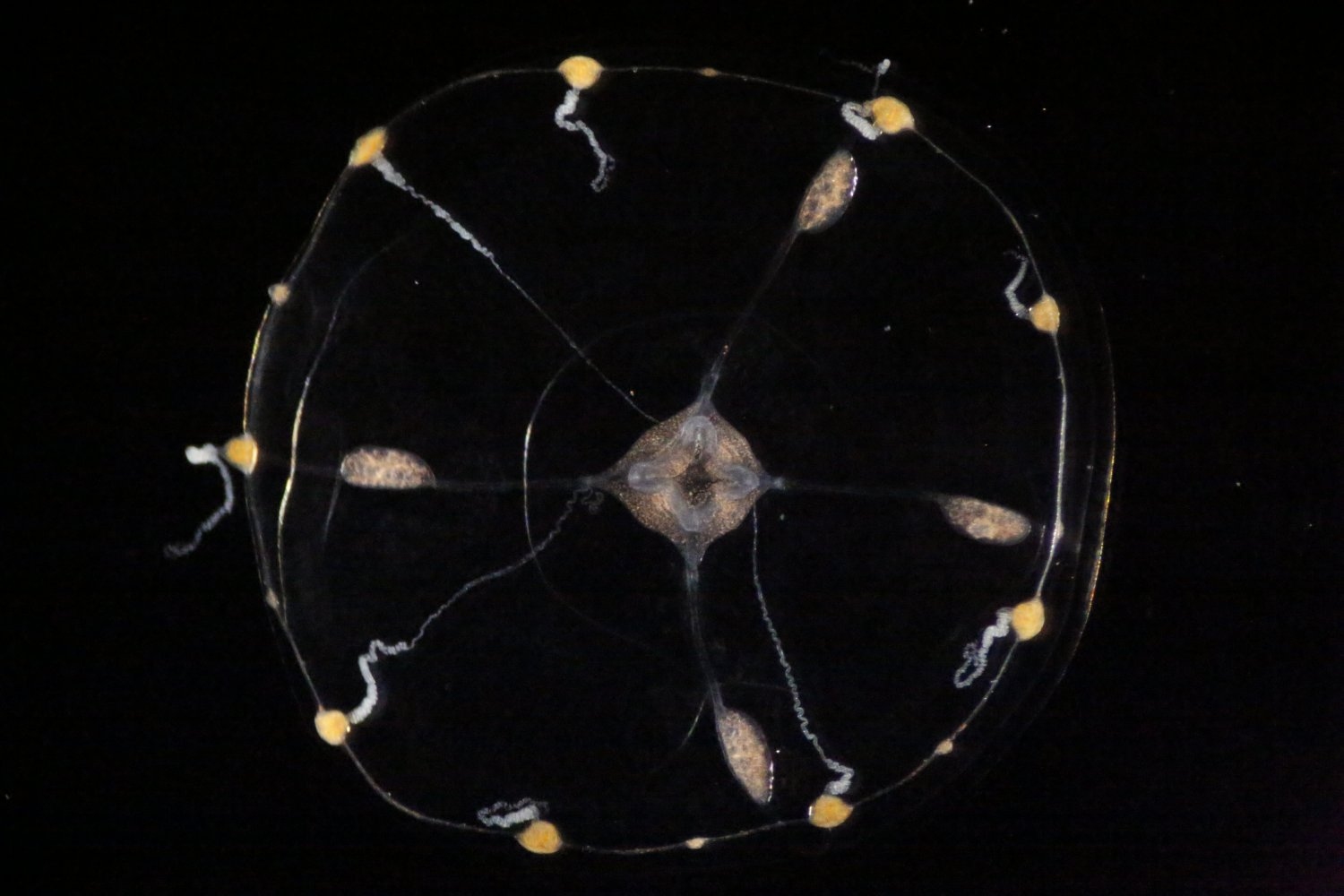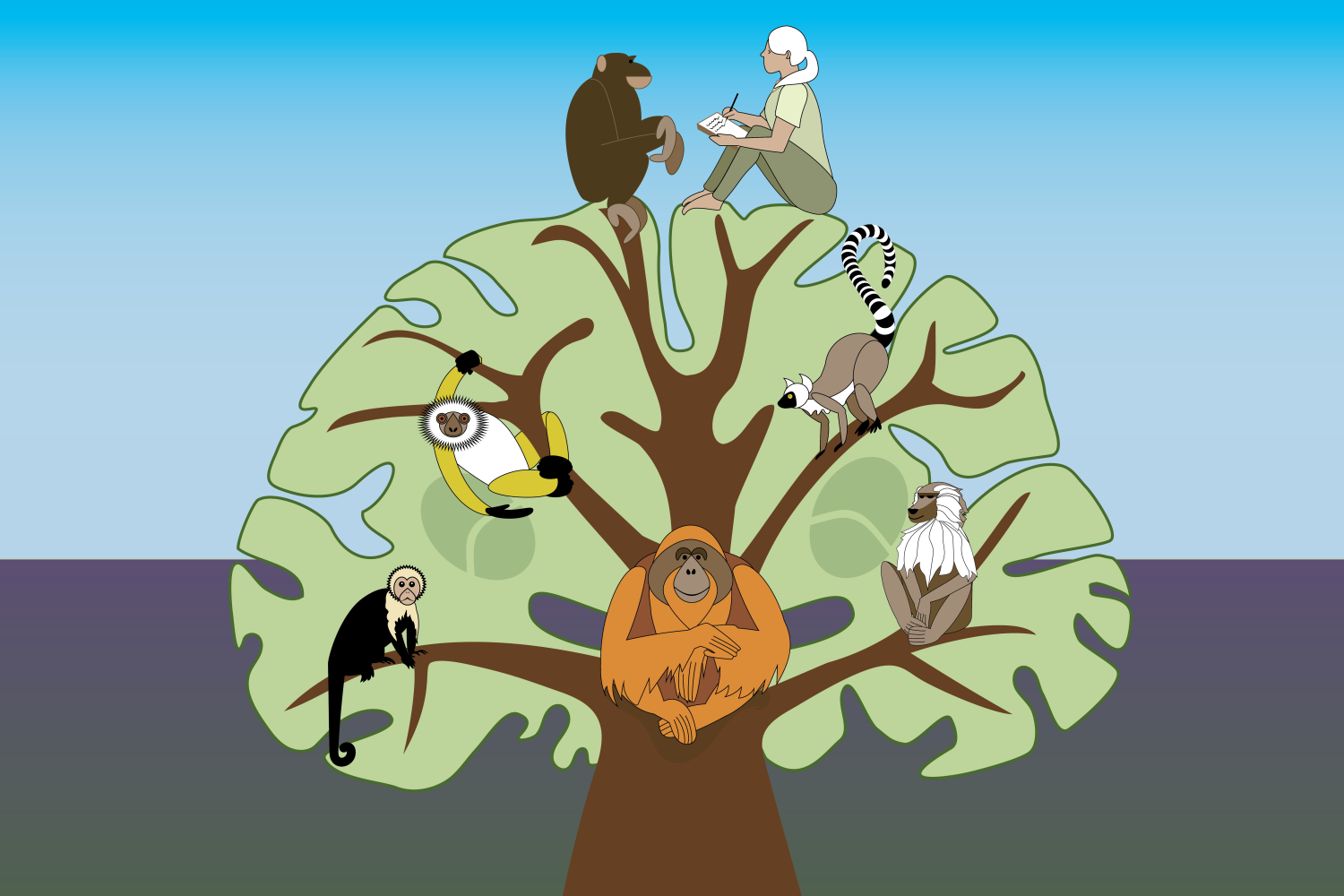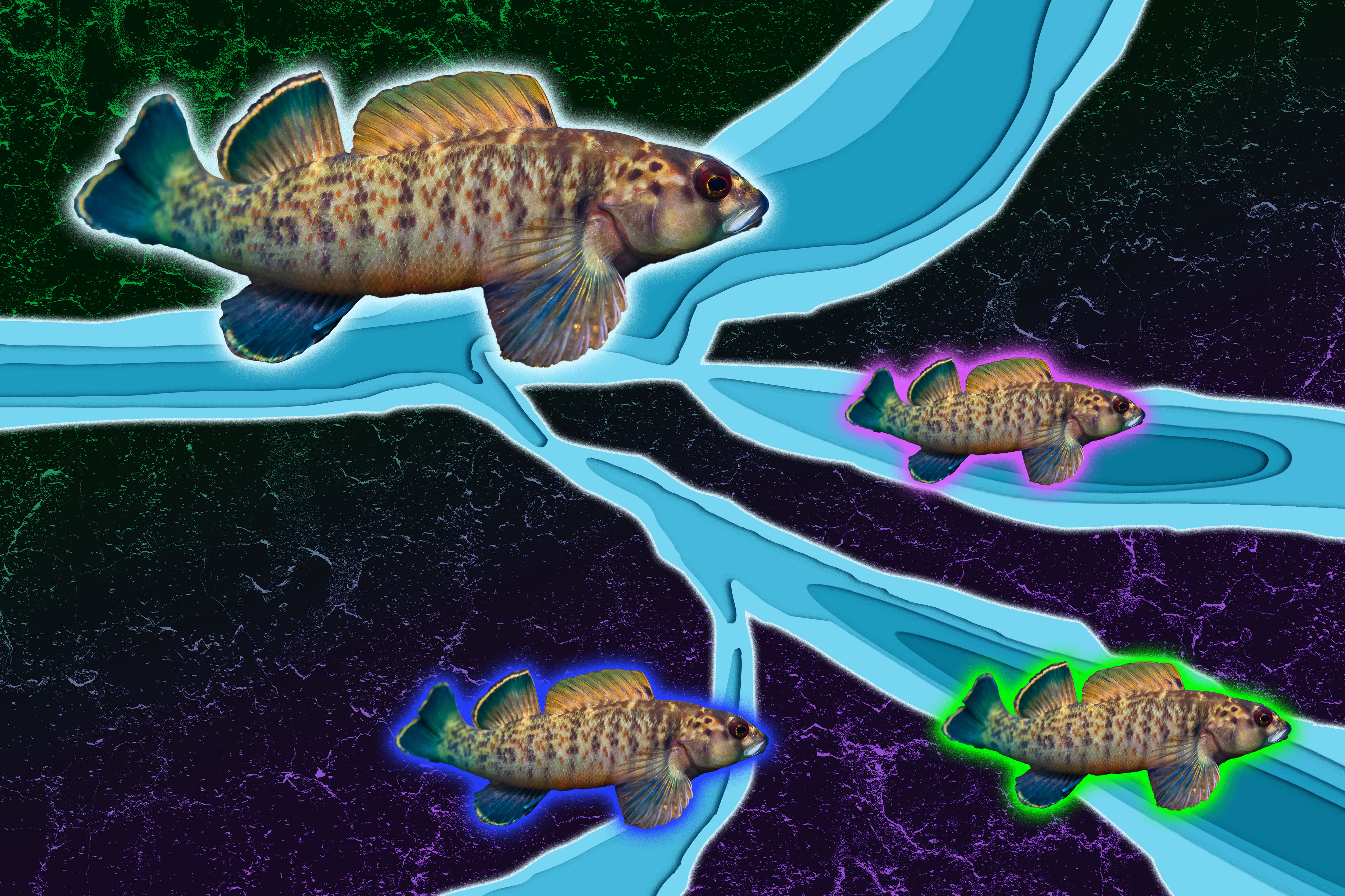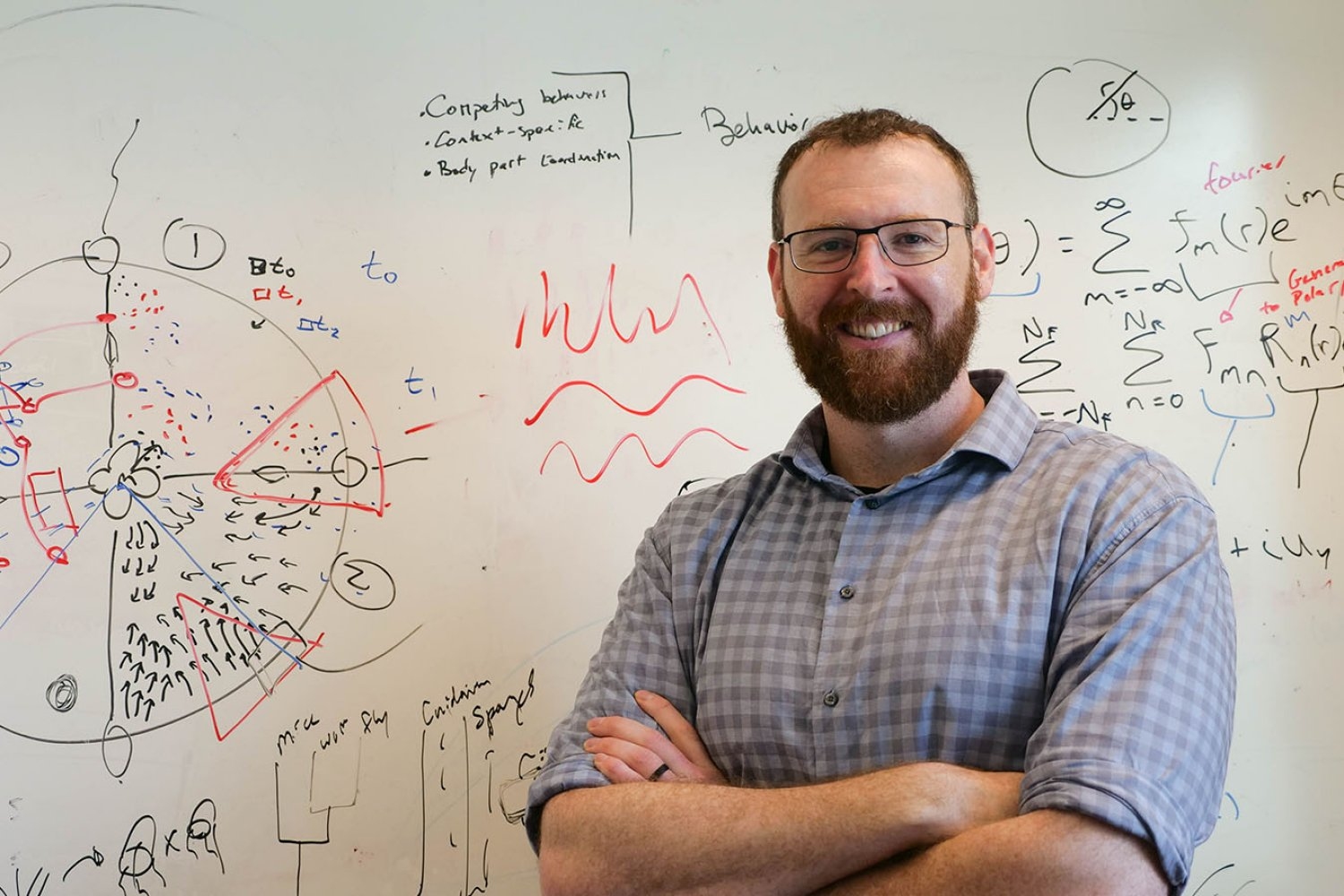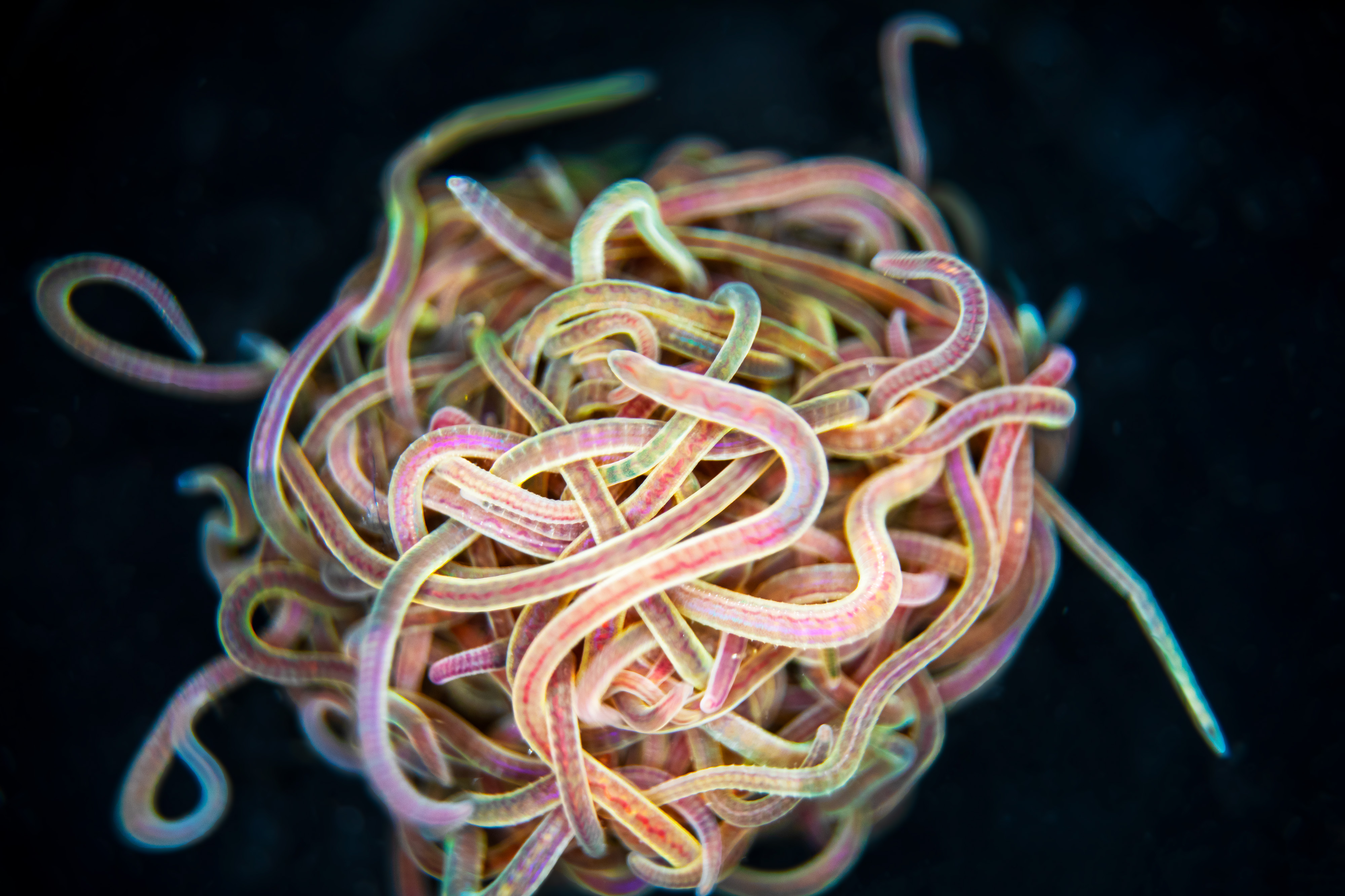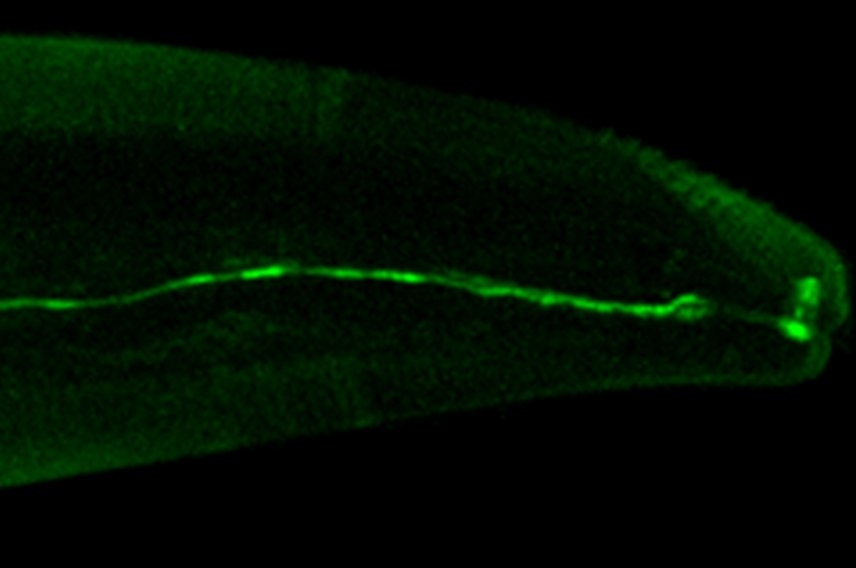3 Questions: A new model of nervous system form, function, and evolution
Developing a new neuroscience model is no small feat. New faculty member Brady Weissbourd has risen to the challenge in order to study nervous system evolution, development, regeneration, and function.
Lillian Eden | Department of Biology •
mit
May 22, 2023 • ~9 min
May 22, 2023 • ~9 min
Wiggling toward bio-inspired machine intelligence
Inspired by jellyfish and octopuses, PhD candidate Juncal Arbelaiz investigates the theoretical underpinnings that will enable systems to more efficiently adapt to their environments.
Sandi Miller | Department of Mathematics •
mit
Oct. 2, 2022 • ~8 min
Oct. 2, 2022 • ~8 min
Study reveals how environment and state are integrated to control behavior
A simple animal model shows how stimuli and states such as smells, stressors, and satiety converge in an olfactory neuron to guide food-seeking behavior.
David Orenstein | Picower Institute for Learning and Memory •
mit
Sept. 15, 2022 • ~8 min
Sept. 15, 2022 • ~8 min
/
5

